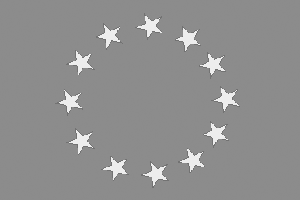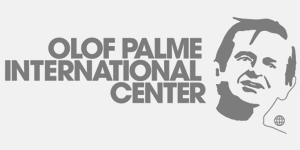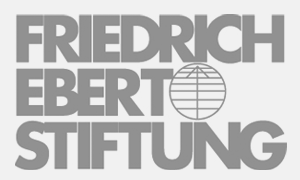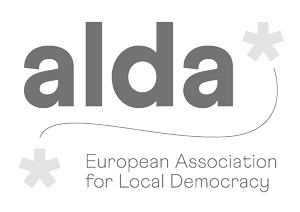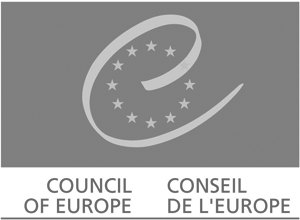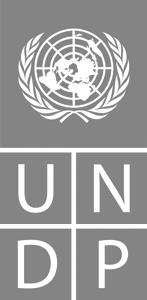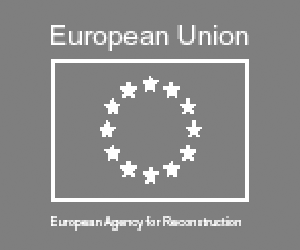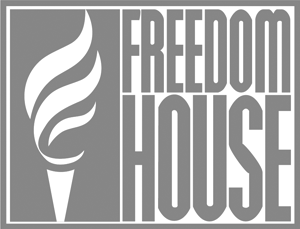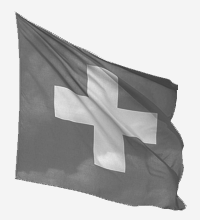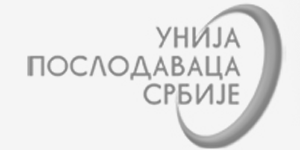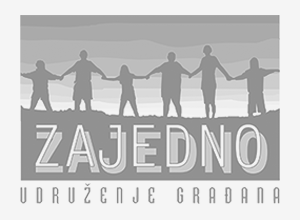Public Monuments - Then and Now
Author: Irina Subotić, Art Historian, President of Europa Nostra Serbia
In their essence, the purpose of traditional monuments was to glorify or commemorate; a desire to preserve the ritual of remembering historically significant individuals or events. This tradition, which has developed from ancient times and continues on to this day, has adapted to the times, the genius loci, and the layered meaning, forms and objectives of a society that raises a monument. Each era and every culture have their own specific features which make up the corpus of world civilisation - history, art, urbanism, architecture, archaeology, etc., precisely because they are representative expressions of individual communities, a way through which we recognise and value individuality, level of development, knowledge, inventiveness, strength and power, creativity, aesthetic achievements and the economic potential of such communities.
The destruction of WWII significantly changed how cultures remember, primarily due to the difficulties experienced during this time and the fall of doctrinal ideologies such as Nazism, Fascism, Francoism and Stalinist Social Realism, which abused and instrumentalised the monument’s structure with narrative and a form of description used to further their own agendas, often with exceptionally monumental, strictly figuratively memorials. This is why from the start of the 1950s, and in our country a little later, from the 1960s to the 1980s, a number of memorials were erected which observed changes in artistic and architectural ideas, statements and messages. Spacious monuments of abstract form, full of meaning and symbolism, sprang up, and our ‘public representation’, according to the famous philosopher Jürgen Habermas, received exceptional global recognition with a large exhibition of Yugoslav architecture entitled Toward a Concrete Utopia, by Vladimir Kulić and Martino Stierli, held two years ago at the Museum of Modern Art in New York.
And at the end of the twentieth century, the period that we ‘dozed through’ in mutual conflicts, bloody war, poverty and bombing, brought the rest of the world a new way of understanding the concept of memorialisation and monuments. Very rarely are classical-type memorials erected, and for the most part unsuccessfully, and only those nations searching for their own identity could embark on something like the Skopje 2014 Project:
falsifying history, a return to the stylistic, determinants of past times, lacking historical distance, without any real content, devoid of meaning and understandably so, without any achieving positive, acceptable results. One is more likely to talk about the eyesore the city [Skopje] has become and about the senselessness of this type of urbanity. And now Belgrade is moving in this direction.
All over the world today memorials are erected so to metaphorically speak of events or of a specific individual. They shape the space around them as an educational polygon, a place of contemplation, rest, learning and pleasure. A place visitors recognise and respect, where the manner in which a culture is officially nurtured is followed and where the policy of remembrance is implemented in practice. Consequently, millions of people identify with the Vietnam War memorial in Washington, despite it being simply a marble block with the names of all the fallen soldiers engraved on it. Classical monuments to emperors and church dignitaries, such as the statue of Tsar Nicholas II in Belgrade, are widely strewn about Moscow. However, even there, before the infamous Cheka i.e., NKVD Dzerzhinsky, there is a simple marble stone brought from the Solovetsky Islands, as a reminder of the infamous gulags. In Kensington Park, near the castle where Princess Diana lived, a memorial was opened to her after her death, a river in a mild park landscape that suddenly disappears, is interrupted, as her life was suddenly interrupted. There is no statue in the large memorial complex dedicated to Martin Luther King in Atlanta: thousands of roses grow in the park instead, evoking his words about the future equality of all people, and the complex is comprised of three special-purpose buildings; one depicting his life and his peaceful battle for human rights, the second depicting the various examples around the world where the battle for racial, gender and religious equality are still being waged and the third is an auditorium dedicated to the daily teaching of students on the value of freedom, civic duties and rights. A large number of monuments as well as other special types of memorials were installed in Germany, as the cradle of where the most heinous crimes against humanity took place. Among the most widespread are the so-called Stumbling stones (Stolpersteine) based on the idea of the artist Gunter Demnig. Each of the stones bears a brass plate inscribed with the name, life dates and fates of Nazi victims (to date approx. 1,300 of these stones have been laid across many European countries). The cubes are laid so that they protrude 1 cm above the level of the pavement, causing pedestrians to ‘stumble’, become aware, and remember the fates of numerous individuals at the hands of Hitler’s rule. Likewise, the largest memorial dedicated to Jewish victims, Yad Vashem, which lists more than six million names of Holocaust victims, has been individualised.
In modern, civilised, democratic societies, to which Serbia obviously belongs less and less, the positive results of erecting monuments within the public space are subject to a series of legal provisions, publicly available procedures in which the people actively participate from the very beginning:
from questions such as who the proposing party is and in whose or what’s honour the monument is to be erected, who is on the jury committee, through to the opinions of urbanists, architects and cultural and natural heritage protection experts, as well as the opinions of various other relevant professions, including the financial indicators of each item, from planning, building, installation and the fees of all included persons, and so on. Communication with local residents is carried out in all phases of work on the monument.
There are over three thousand signatories on a petition against the installation of the Stefan Nemanja monument. Why? This explosive reaction of an electrified population, which includes a large number of experts, is the result of a government not yet ready to share its intentions with the interested public. And in question here are important urban hubs, historical memory and large investments as representative traces of time and society. Because under other circumstances, the erection of a monument to prefect Stefan Nemanja, the founder of our first dynasty and a distinguished statesman, would have been accepted with respect and satisfaction. Instead, the installation of this unbelievable contraption in Sava Square, in front of such a protected (and now rendered obsolete) cultural monument as is the Belgrade Railway Station of 1884, with non-transparent financial indicators and without adhering to procedure, triggers restlessness and the indignation of a large portion of the public.
Belgraders know what it means to be proud of their city, its suggestive strength and artistic monuments such as: Pazzi’s Prince Mihailo Monument, Valdec’s Monument to Dositej Obradović, Meštrović’s The Victor (Pobednik) and the Monument of Gratitude to France have all become specific ‘toposes’ of the city. Even during their installation, controversy and disagreement existed, retrograde views on what was then considered a modern monumental sculpture; however, there was no real gap among the public, experts and the authorities as arguments for their installation were serious, public, open, and the opponents of the time were not considered to be the ‘false elite’.
Even when a consensus was unreachable, serious ideological and aesthetic argumentation won over and this is why today Belgrade displays these exceptionally important memorial strongholds. And this is exactly the point. Now, there is no argumentation in defence of the Stefan Nemanja statue, as it in no way expresses 21st century art. Unlike Nemanja's statue, which speaks of the lack of historical and of any other culture, Enrico Pazzi’s equestrian statue is an excellent representative of the ruling academism of the 19th century; Dositej's figure of Rudolf Valdec marks the culmination of our Art Nouveau sculptures of the beginning of the 20th century, so that the powerful works of Ivan Meštrović point to the dominant elements of art-deco with a strong political message i.e., the unifying idea of The Victor (Pobednik) and the prominent international position of Yugoslavia in the 1930s, in terms of the Monument of Gratitude to France.
With all the irregularities surrounding the installation of the Russian monument to Stefan Nemanja, all we have in the way of discourse is sentimental talk about a visual structure. This ironic memorial monument, over 23 meters tall, with its bizarre pedestal and interior space allowing for approx. 50 people to enter the statue, will be surrounded by a Las Vegas-style fountain and lit up with gas lighting, as advertised online. All this speaks to a distorted vision of modernity: Belgrade is collapsing at the hands of an ignorant ‘ordering party’ and novice artists. It is becoming a symbol for closedness and a witness to the faltering nature of our society, a syndrome of arrogant leadership, the documented absence of democratic procedure, and proof of a range of social, cultural and economic anomalies that we are going through and to which we are reacting but to no avail.
|
The text was written as part of a project, implemented through financial assistance provided by the Balkan Trust for Democracy of the German Marshal Fund of the U.S.- BTD and the Royal Norwegian Embassy in Belgrade. |

EVENTS
HIGHLIGHTS
2025-04-07 | Brussels
Vučković at JCC Meeting in Brussels: Serbian Citizens Have Shown Commitment to European Values through Protests
CURRENT PROJECTS
PUBLICATIONS
 New Monitoring Report by the “SDGs for All” Platform: Is the End Goal in Sight?
New Monitoring Report by the “SDGs for All” Platform: Is the End Goal in Sight?
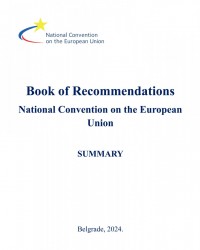 NCEU Book of Recommendations 2024 (Summary)
NCEU Book of Recommendations 2024 (Summary)
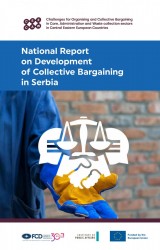 National reports on collective bargaining in Serbia - CEECAW
National reports on collective bargaining in Serbia - CEECAW
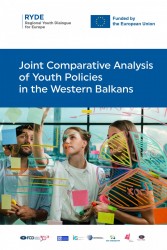 The Comparative Analysis of Youth Policies in the Western Balkans (WB)
The Comparative Analysis of Youth Policies in the Western Balkans (WB)
 Unlocking Collective Bargaining Power in Three Sectors: A Call to Action
Unlocking Collective Bargaining Power in Three Sectors: A Call to Action
 Western Balkans Youth in Policy Making Processes
Western Balkans Youth in Policy Making Processes
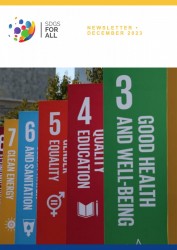 SDGs for All Platform newsletter (December 2023)
SDGs for All Platform newsletter (December 2023)
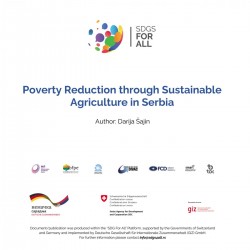 Analysis: Poverty Reduction Through Sustainable Agriculture in Serbia (with Summary)
Analysis: Poverty Reduction Through Sustainable Agriculture in Serbia (with Summary)
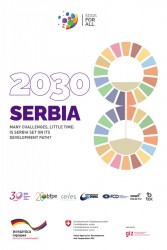 Serbia 2030 - Many challenges, little time: Is Serbia set on its development path?
Serbia 2030 - Many challenges, little time: Is Serbia set on its development path?
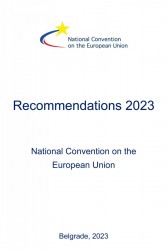 NCEU Recommendations 2023
NCEU Recommendations 2023
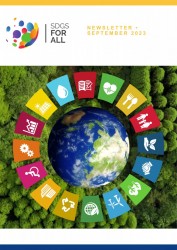 SDGs for All Platform newsletter (September 2023)
SDGs for All Platform newsletter (September 2023)
 POLITEIA Regional School for Youth Participation 2023 (leaflet)
POLITEIA Regional School for Youth Participation 2023 (leaflet)
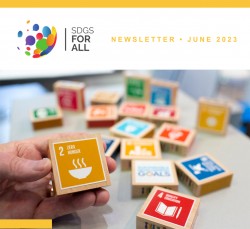 SDGs for All Platform newsletter (June 2023)
SDGs for All Platform newsletter (June 2023)
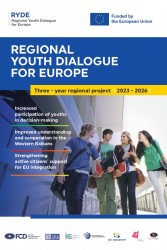 Regional Youth Dialogue for Europe (leaflet)
Regional Youth Dialogue for Europe (leaflet)
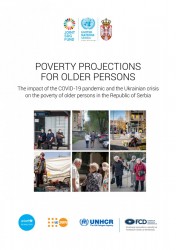 Poverty Projections for Older Persons
Poverty Projections for Older Persons
 The Impact of the Global Crisis on Vulnerable Groups
The Impact of the Global Crisis on Vulnerable Groups
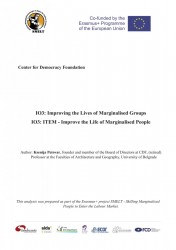 Improving the Lives of Marginalised Groups
Improving the Lives of Marginalised Groups
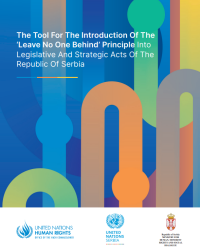 The Tool For The Introduction Of The ‘Leave No One Behind’ Principle Into Legislative And Strategic Acts Of The Republic Of Serbia
The Tool For The Introduction Of The ‘Leave No One Behind’ Principle Into Legislative And Strategic Acts Of The Republic Of Serbia








